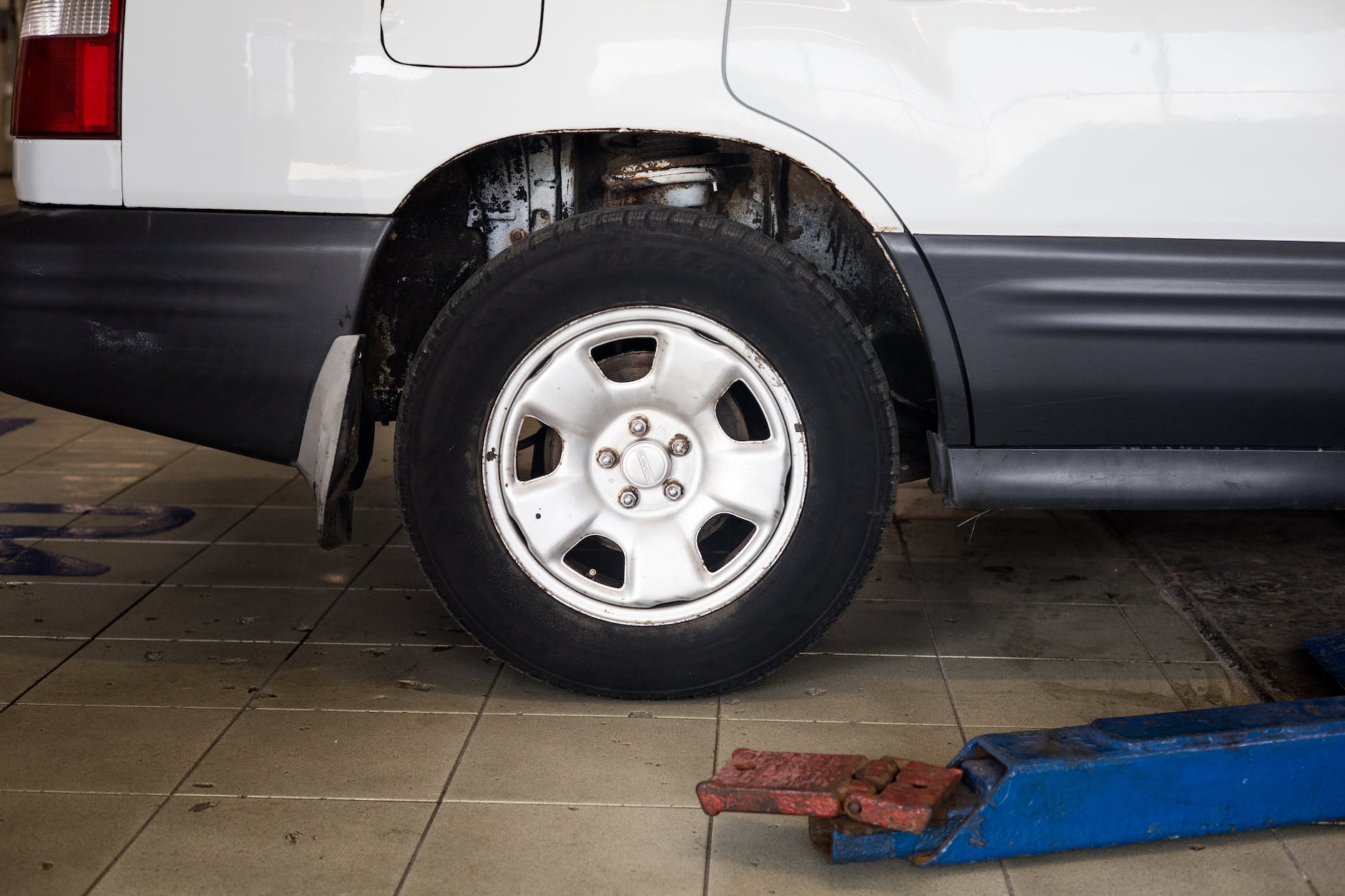
Choosing the correct car jack can make all the difference when performing maintenance on your vehicle. From scissor jacks that look like their name to hydraulic floor jacks, selecting the right one for your car is essential.
Most vehicles come with a scissor-style jack in the trunk that operates by twisting a long screw. These are good for roadside tire changes but could be better for serious mechanical work.
Weight Capacity
The weight capacity of a tire jack is critical for safety. A jack not rated for the vehicle’s weight could fail to lift the car, or worse, it may slip out from under the vehicle during use. It puts you and anyone else nearby at risk of injury.
If you work under the vehicle, using a pair of high-quality jack stands is also essential. Jack stands are a simple investment that can significantly enhance the safety of your car.
When jacking up the vehicle, be sure you are in a location away from traffic and on a solid surface (such as a parking lot). Placing something like a brick or block under the jack is a good idea to prevent the car from rolling off the jack. Putting the car in first gear and engaging the handbrake is also a good idea. It will limit the chances of the vehicle rolling while you are under the car.
Lift Height
The lift height of a tire jack affects your safety when conducting maintenance or repair work. Using a too-short jack could cause the vehicle to roll away from you as you work under it, or it might fail, dropping thousands of pounds onto your head. Both of these are bad.
Always consult your owner’s manuals and ancillary media to find your vehicle’s recommended jack points. These are flat spots where the total weight of your car can rest. Never jack up a vehicle on uneven or soft ground. It’s also good to check a tire or two with a block to prevent the car from rolling away as you work underneath it.
When you’re ready to start working, double-check the jack’s position before applying any pressure.
Lifting Points
When picking a car jack, it’s essential to consider its lifting points. These are locations under your vehicle designed explicitly for jacking up cars, and positioning the jack incorrectly can damage your vehicle and potentially cause injury.
The best way to find out the locations of your jacking points is by consulting your owner’s manual. Generally, there will be two side jacking points (front and rear) and one center point. For safety, it’s a good idea to block a tire with a brick or wooden block before jacking up the vehicle. It will prevent the car from rolling away while you’re working underneath it.
It’s also a good idea to lubricate the moving parts of your jack regularly. It helps keep the jack moving smoothly and extends its lifespan. Additionally, store your jack in a clean environment free of dirt and debris. It will prevent the jack from rusting and hinder its functionality.
Safety
It’s essential always to use jack stands when changing a tire or working underneath a vehicle. Without jack stands, the car can roll off the jack and hurt or kill you or innocent motorists and pedestrians. Jacks can also be dangerous if placed on uneven or soft ground surfaces.
If you need to jack your vehicle in a public place, try to find a flat spot that can support the vehicle’s weight and where no other cars are driving nearby. Never change a tire or work under a vehicle on a busy freeway or highway; this puts you and other drivers at risk of being crushed by an out-of-control car.
It’s also a good idea to block the wheels of your vehicle with blocks before you lift it off the ground, especially if the jack is on an incline. It will help prevent the car from rolling away while you’re working under it.